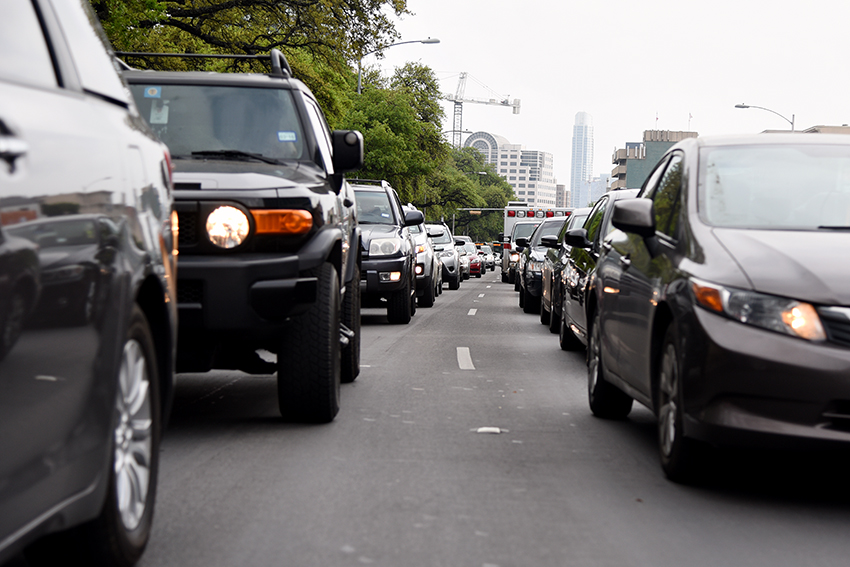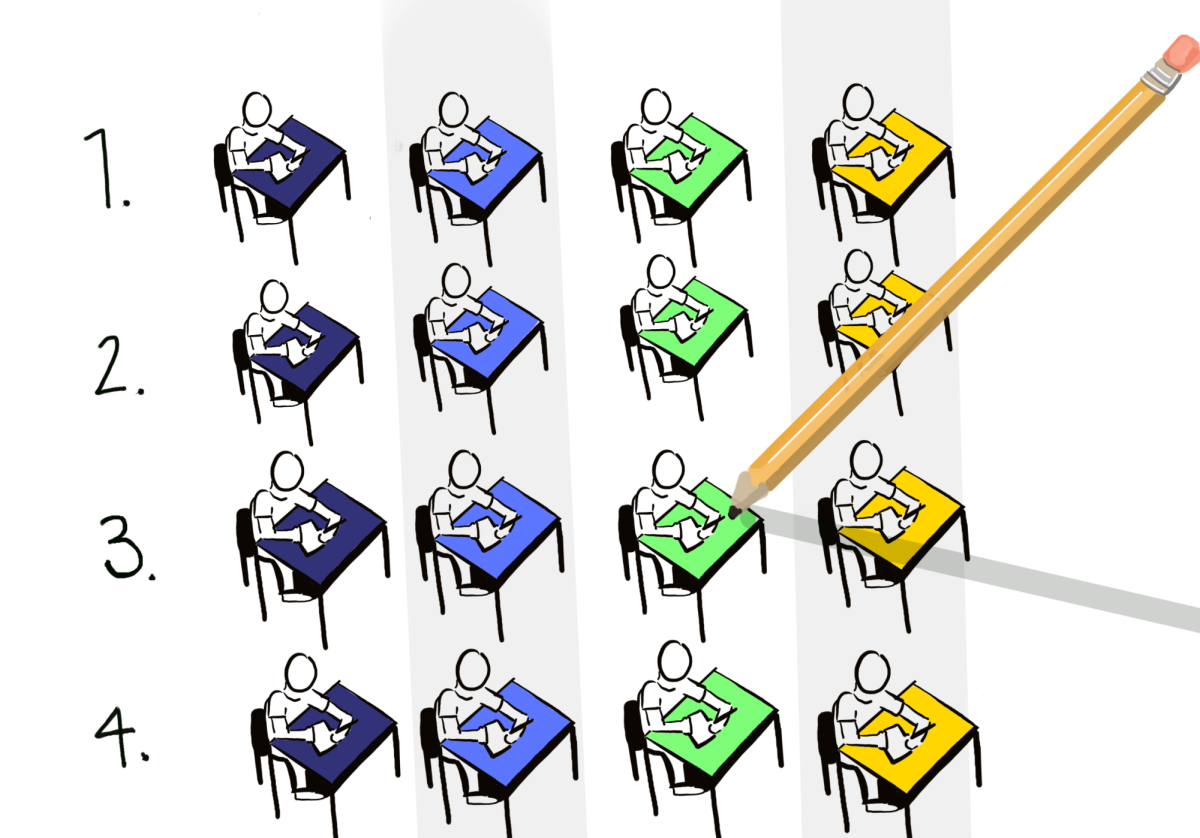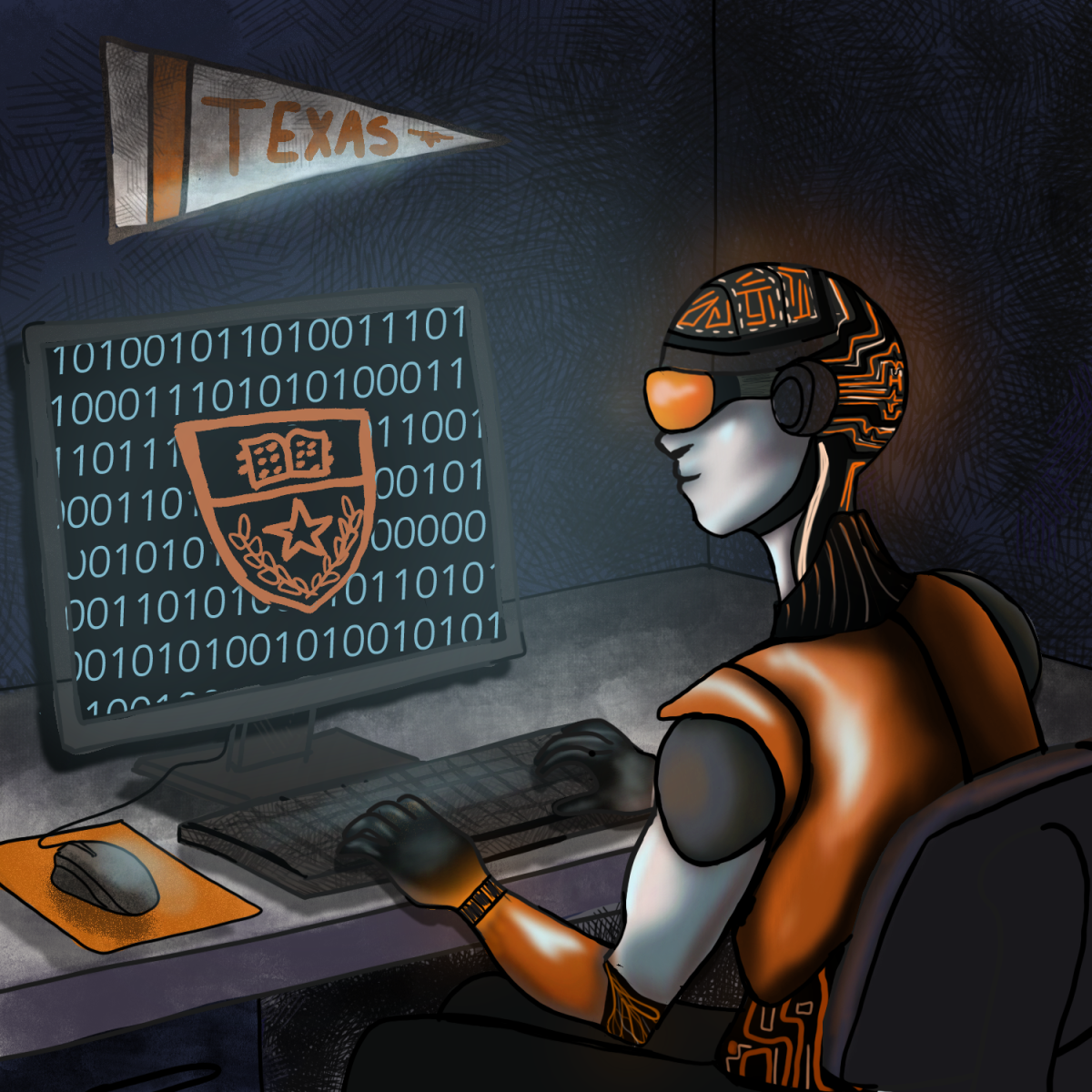When I first moved to Austin in July 2017, the downtown maze of one-way and two-way streets was enough to send my head spinning. Time and experience made navigating Austin’s streets much more natural and reflexive. However, for those who don’t know the city well, the city’s one-way roads pose a significant hazard to motorists in the form of wrong-way drivers.
Texas actually leads the nation in these silly, often preventable, accidents. This issue brings to mind a scene from Planes, Trains and Automobiles in which Del Griffith (John Candy) obliviously drives the wrong way on the interstate while massive trucks race towards him. The movie’s characters may have escaped injury, but wrong-way drivers can cause serious accidents.
Many intersections of downtown one-way roads in Austin have one or two one-way signs posted, with an occasional No Right/Left Turn sign stuck onto a light. However, Do Not Enter or Wrong Way signs are severely lacking from many intersections. For any driver even remotely distracted or confused, it’s exceedingly easy to turn down a road into oncoming traffic. In fact, a large amount of wrong-way crashes in the Austin area are dotted all over downtown. Lack of signage is no doubt a factor in some of these crashes.
Over three years, 107 crashes in Austin were the result of wrong-way drivers. Nine of those were fatal accidents. The Texas Department of Transportation (TxDOT) has made great efforts statewide to deter wrong way incidents, but Austin itself must do more to combat the city’s Del Griffiths.
The city should look to TxDOT as an example of taking initiative. In 2016, TxDOT worked with the Central Texas Regional Mobility Authority to lower 149 Do Not Enter signs at the exit ramps of I-35 and 183A and 290 tollways, making these signs more visible to wrong-way drivers, many of whom are intoxicated. They also refreshed the raised pavement markings that give off a red warning color when lit by the headlights of a wrong-way vehicle. The “smart highway” program hunts for drivers in the opposite direction of traffic, and operators can notify police rapidly of the threat.
Marissa Monroy, City of Austin’s transportation department’s public information and marketing manager, stated in an email that the city does general safety campaigns but does not have wrong-way specific campaigns. Considering that the city has only finite resources, it’s difficult to implement comprehensive strategies for threats such as wrong-way drivers.
Texas continues to lead the nation in wrong-way accidents, with more than 3,300 crashes occurring over a period of 4 years. We need new technology — like LED lights on wrong-way signs and roadway monitoring via traffic cameras — in addition to oversized, highly-visible signage throughout the Austin community. As of right now, far too many drivers are going the wrong direction, and until we dedicate more resources to research and infrastructure, accidents will continue to pile up on Texas roadways.
Verses is a Plan II and environmental engineering freshman from San Antonio. Follow him on Twitter @liamverses.





















